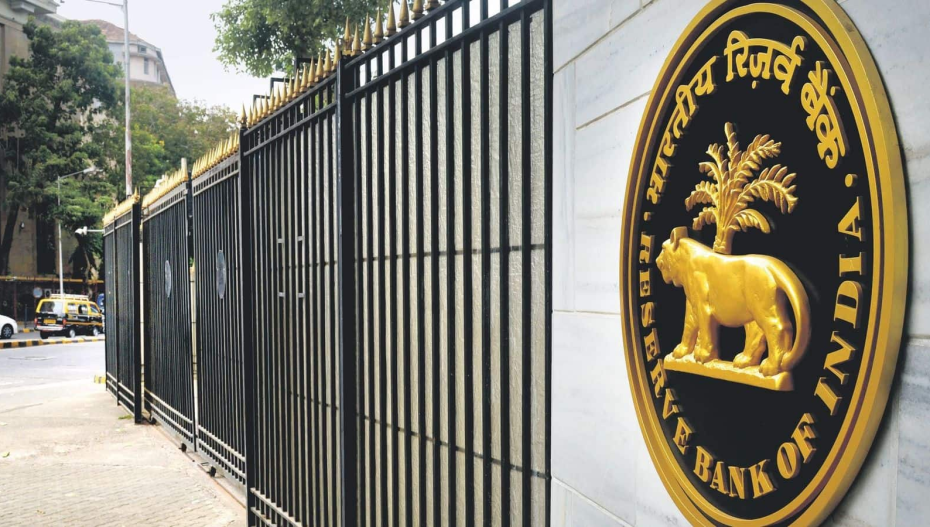The gross non-performing asset (GNPA) ratio for Indian banks plummeted to a 12-year low of 2.8% in March 2024. According to the Reserve Bank of India’s (RBI) recently released Financial Stability Report, this ratio is projected to decrease further to 2.5% by the end of the financial year 2024-25.
Understanding GNPA Ratio: The GNPA ratio represents the proportion of bad loans—those unlikely to be repaid—relative to a bank’s total assets or the total loans it has extended. A lower GNPA ratio indicates fewer loans at risk of default, which is a positive sign for the banking sector.
Notably, in September, the GNPA ratio stood at 3.2%, underscoring the substantial improvement witnessed since then.
Net Non-Performing Asset (NNPA) Ratio: The NNPA ratio also saw a decline, reaching 0.6% in March 2024, compared to 0.8% in September of the same year. The NNPA ratio reflects the proportion of bad loans for which the bank has already set aside provisions, relative to its total assets.
Types of Bank Loans: During the second half of the financial year 2023-24, public sector banks and foreign banks experienced an increase in total loans disbursed. However, private banks saw a moderation in loan growth.
Among all banks, loans to the services sector and personal loans witnessed the most significant surge. Personal loans, including housing loans, accounted for over half of private banks’ credit growth during this period.
Also Read: Reliance Jio Announces Tariff Hike and Unveils New 5G Data Plans












